Customer Support
Solar Resources
- Home
- Customer Support | Sun Valley Solar Solutions Assistance
The Importance of Preventative Maintenance
Preventative maintenance for a solar energy system can be thought about in a similar way as regular maintenance on your car. Ensuring all the parts are working properly will help avoid costly repairs down the road. With solar, preventative maintenance encompasses regular panel cleanings, diagnostic tests, monitoring packages, and more.
Online Resources for Solar Service
When your solar system is down or not operating efficiently, we understand the importance of getting it running again. Time is money when it comes to solar production, after all. That's why we put together this Customer Support page as a quick resource for troubleshooting your solar equipment at home.
Below, you'll find answers to common questions, videos about turning your system on and off, and blogs about common solar service topics. We hope the information below will be useful for you over the life of your solar array.
If you still have a question or an issue with your system, please don't hesitate to contact us by filling out the form below or calling us at 480-689-5050. Our services list is below, and we'd be happy to help.
- General maintenance
- Remove/re-install system
- Monitoring packages
- Wildlife guards
- Panel cleaning
- Car charging stations
- Battery installation & service
Solar Service FAQs
If you need help with your solar energy system, look at some of the most common questions our service team receives. You can find the resolution to your problem quickly below. If you need more support for your issue, please contact us by filling out the form below or call our Service Department at 480-689-5050.
-
How do I read my monitoring portal?
Understanding your monitoring portal is important to ensure your system operates at peak efficiency. Below are monitoring resources for the inverters we install.
SolarEdge
SunPower
SMA
-
How do I reset my router?
Sometimes, when your monitoring goes down, it's because of internet connectivity issues. In these cases, we recommend power cycling your router by hitting the on/off button and waiting 30 seconds before turning it on again.
If that doesn't solve the issue, the next step is resetting your router and modem. For this, unplug your router and modem, then wait 30 seconds before plugging it back in. Wait at least 2 minutes before checking to see if your monitoring is reconnected to the internet and running again.
-
What do the lights on my SolarEdge inverter mean?
Blue light: Your inverter is communicating with your monitoring system.
Greenlight: Your system is producing and operating normally.
Flashing green light: Your solar energy system is connected to the grid but is not producing energy.
Red light: There is a system error. We recommend power cycling your inverter or calling our service department at 480-689-5050.
Visit the SolarEdge Inverter Status and System Performance Indications for more information.
-
How do I power cycle my SolarEdge inverter?
Turning your SolarEdge inverter on and off can help resolve issues. To turn off your system, follow this video from SolarEdge's Learning Lab.
Turn your SolarEdge inverter back on to complete its power cycle, and turn your AC disconnect back. You'll then want to reverse the steps in the video above. Check your system after about 5 minutes of the inverter powering up again. You should hear a faint clicking noise indicating your solar panels are producing power.
-
Will solar panels power my home when the grid is down?
Unless you have a fully off-grid system, your solar panels are integrated with the utility grid and will not operate if the grid is down. The reasons for this are both technical and regulatory.
From a technical perspective, as long as the sun is shining overhead, solar panels generate power regardless of how much electricity your home consumes. In a grid-connected system, excess solar power is sent back into the grid for a credit, and any additional power you need beyond what your panels are producing is pulled from the grid. It’s a constant push/pull. Panels reduce the energy you need to purchase, but their production changes as the sun moves across the sky, clouds roll in, or night falls. Since your appliances require constant/predictable energy, the grid/solar interconnect creates a leveled power delivery throughout the day and night.
Safety regulations are the second reason. During outages, repair crews could be jeopardized if a local power generator (like a solar array) leaks power back into the grid lines. For this reason, utility rules mandate that solar arrays must automatically shut down during outages. Solar systems have devices that sense whether power is coming across the grid, and when that’s disrupted, the local solar array is automatically shut down for safety.
The only way to avoid all these things is by completely disconnecting from the grid. A fully off-grid solar energy system generally requires numerous batteries, generators, and other ancillary devices to provide 24/7 power regardless of weather conditions.
-
Do my panels have to be cleaned?
We recommend yearly cleanings to keep your panels dust and debris-free and operating efficiently. Every once in a while, such as after a bad dust storm, you may need to augment that yearly cleaning schedule. It is also important to inspect your panels for bird infestations. Occasionally, birds will nest in the shaded area under the array. This can cause problems with proper water shedding, which can, in turn, damage roof underlayment.
-
Will my system work at night or on cloudy days?
Your system will function on cloudy days, but it will produce less electricity depending on the density and duration of the cloud cover. At night, your system will not have enough light to convert into electricity. During nighttime hours, your house will rely exclusively on grid energy.
-
What if I have an emergency?
We run a full in-house service team consisting of field technicians, two project coordinators, and three dedicated case managers. We are available M-F, 7 AM-4 PM at 480-689-5050 or via email at service@sunvalleysolar.com. Limited after-hours and weekend emergency services are available by calling our main line, 480-689-5000, extension #4.
-
What happens if I need a new roof?
Our service department offers removal and reinstallation of solar arrays for any type of roofing work. Our service team will work with you to create a customized quote for your removal and reinstall project. To learn more, visit our Removal and Reinstallation page.
How-To Videos
From turning your residential energy system on and off to adjusting your demand manager, our helpful how-to videos below can help.
Turning Your System On
Turning your solar energy system on is a fairly simple task. Watch Bobby as he goes through the process.
Turning Your System On
Turning your Solar Edge on is a fairly simple task. Watch as we go through the process.
How Demand Management Works
With demand-based rate plans available in both SRP and APS, the savings potential with solar has never been greater.
Demand Manager How-To
Learn how to use a demand manager to save even more money on your monthly electric bills.
Popular Service Blogs
Our blog is another great resource to find answers to popular questions about going solar and the service needed afterwards. Take a look at our most popular service blogs below for additional information.
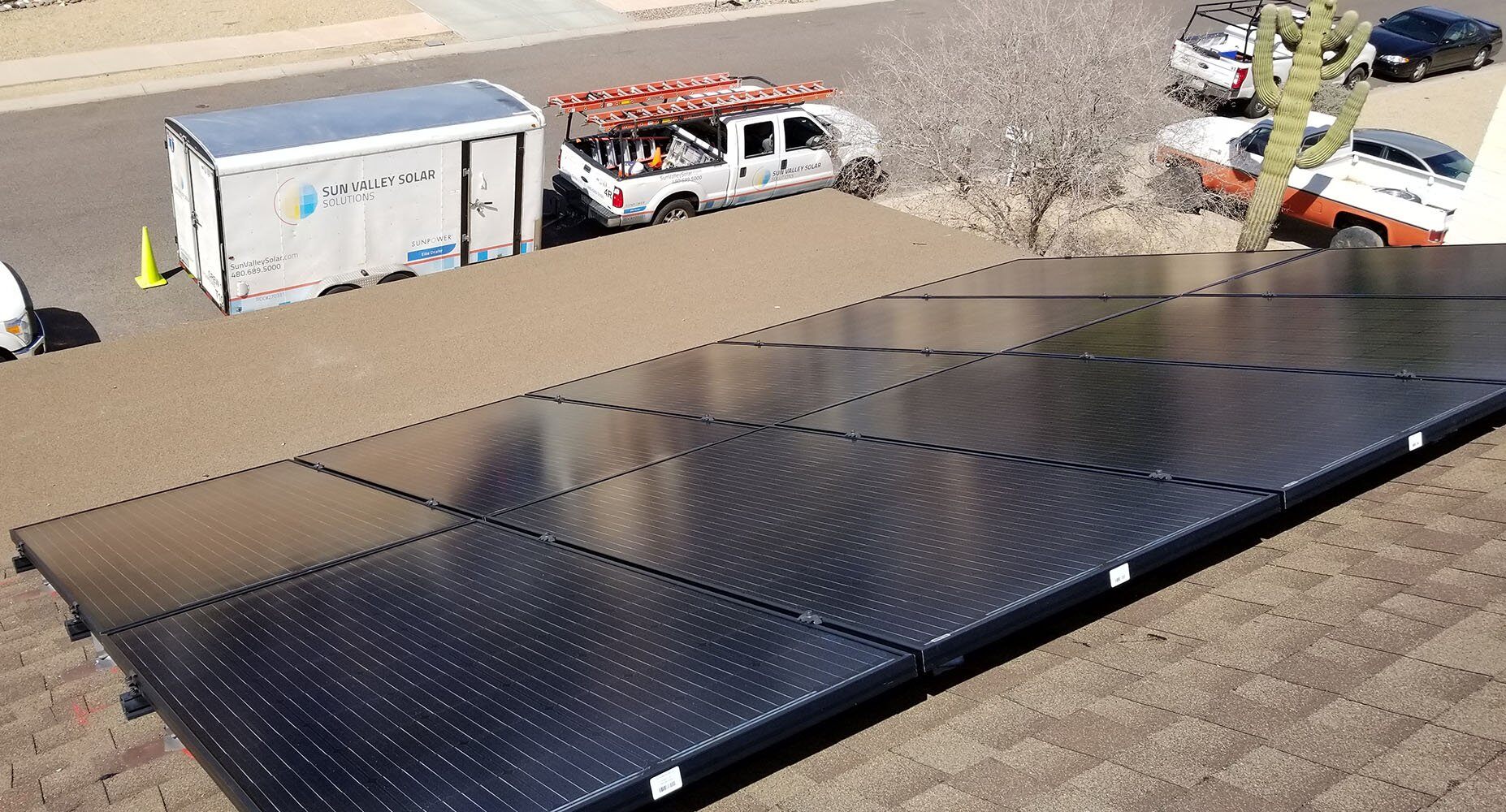
5 Ways to Maximize Solar Panel Production
Learn More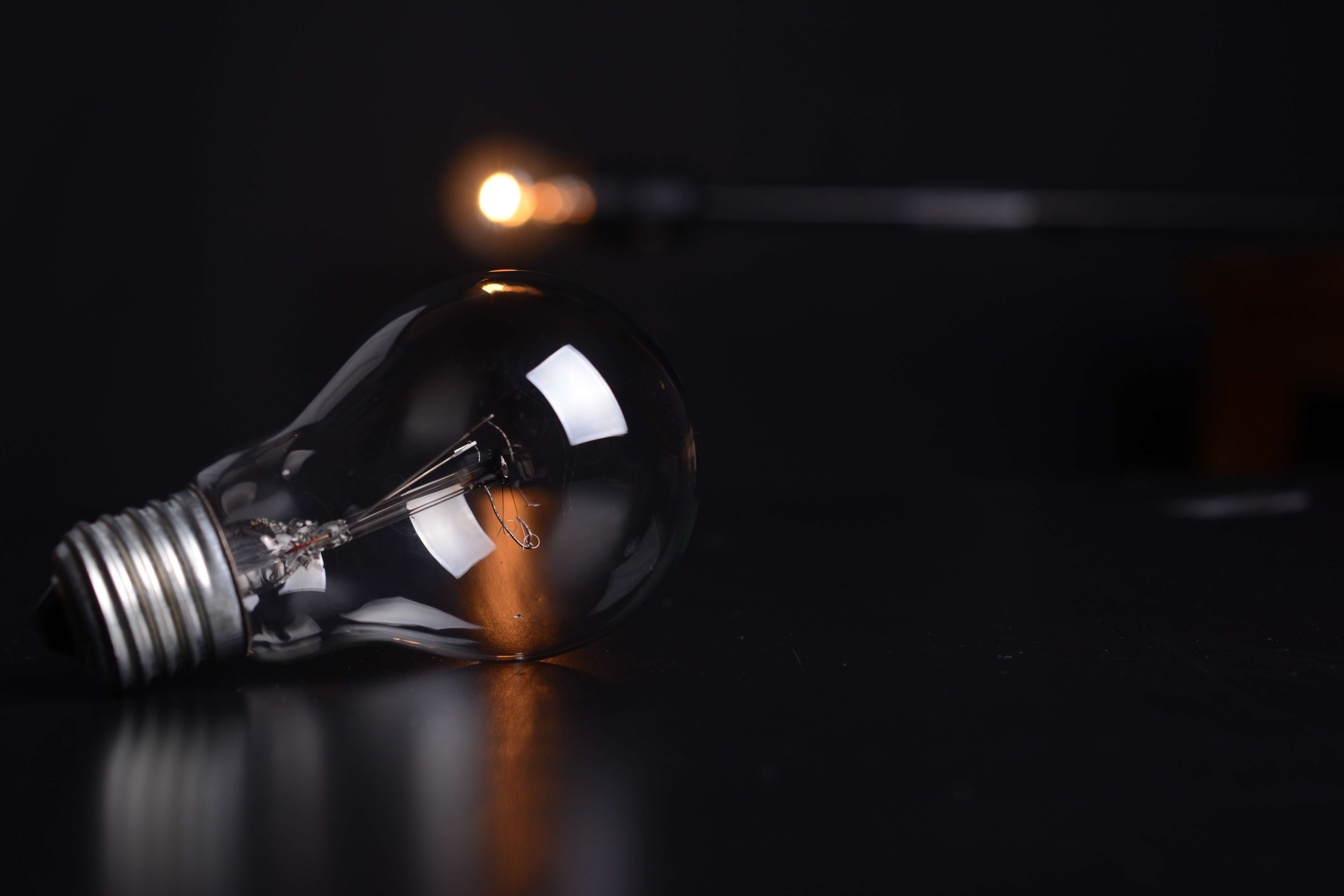
What Happens When the Power Goes Out?
Learn More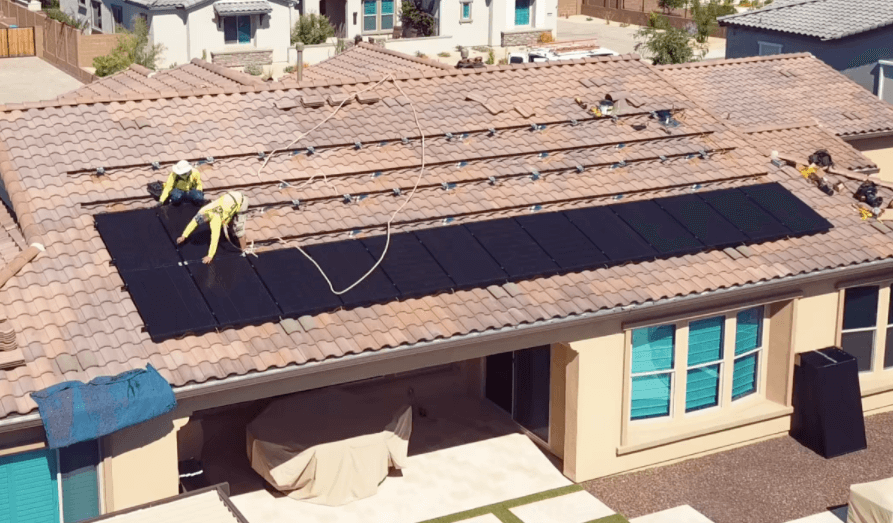
4 Questions to Ask Your Solar Service Provider
Learn More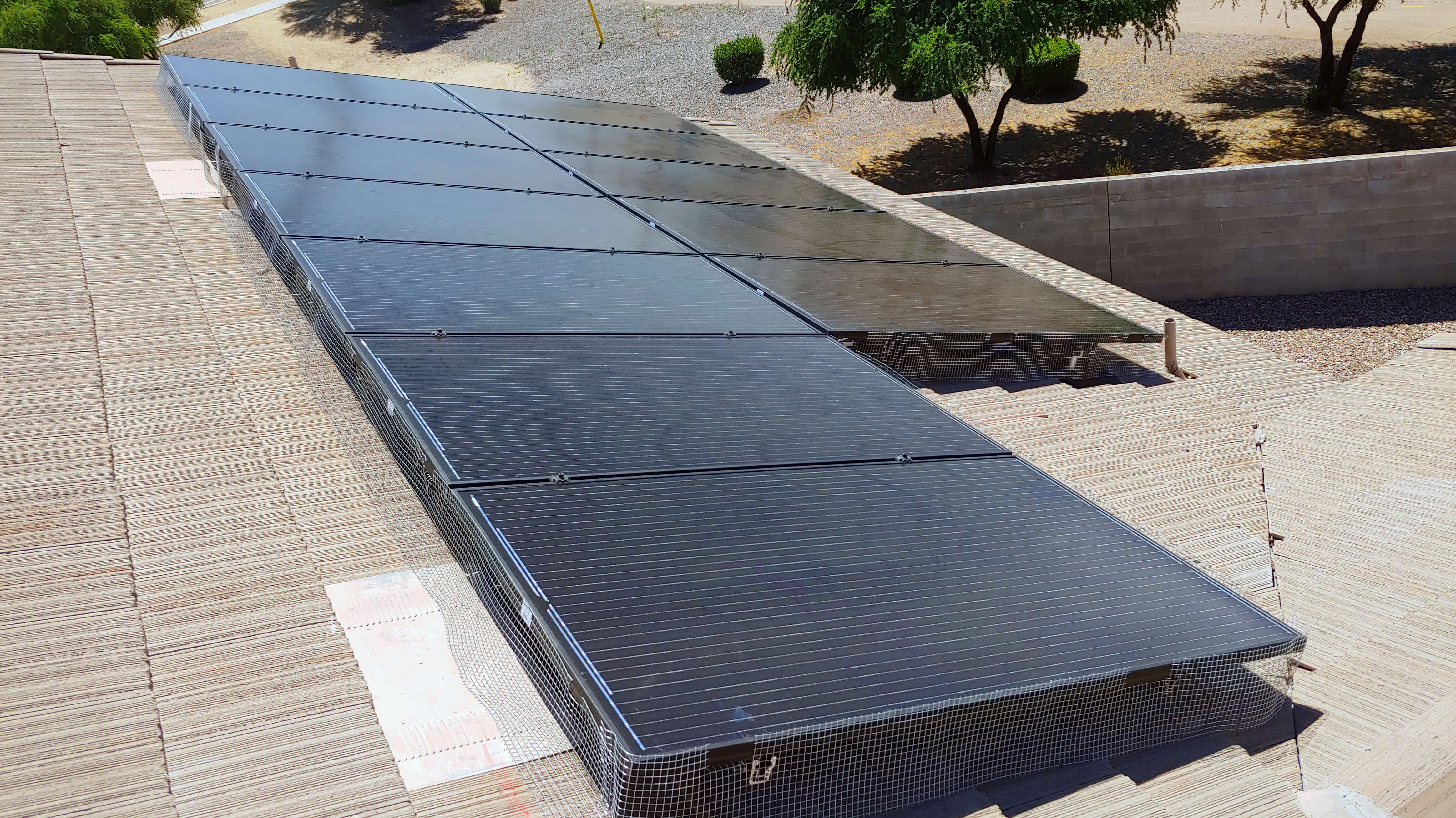
What's the Difference Between kW and kWh?
Learn More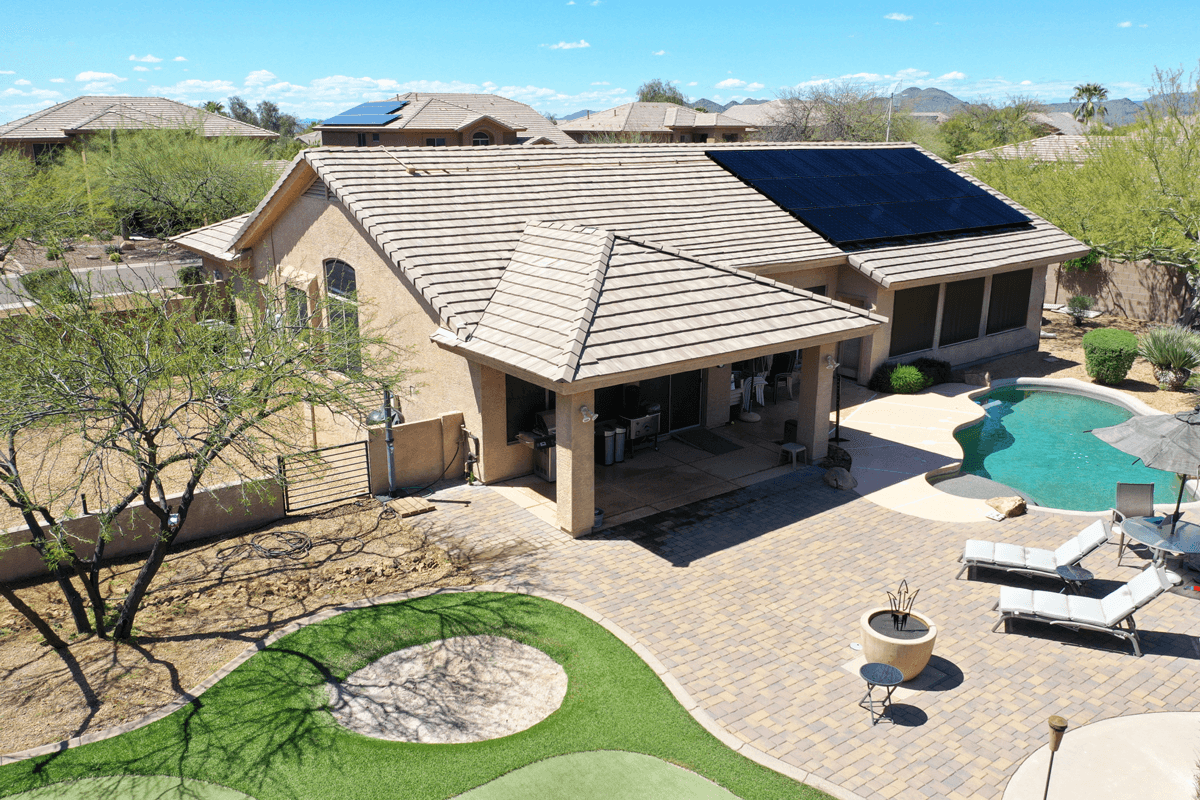
5 Tips to Understand Solar Warranties
Learn More


%20(7).svg)